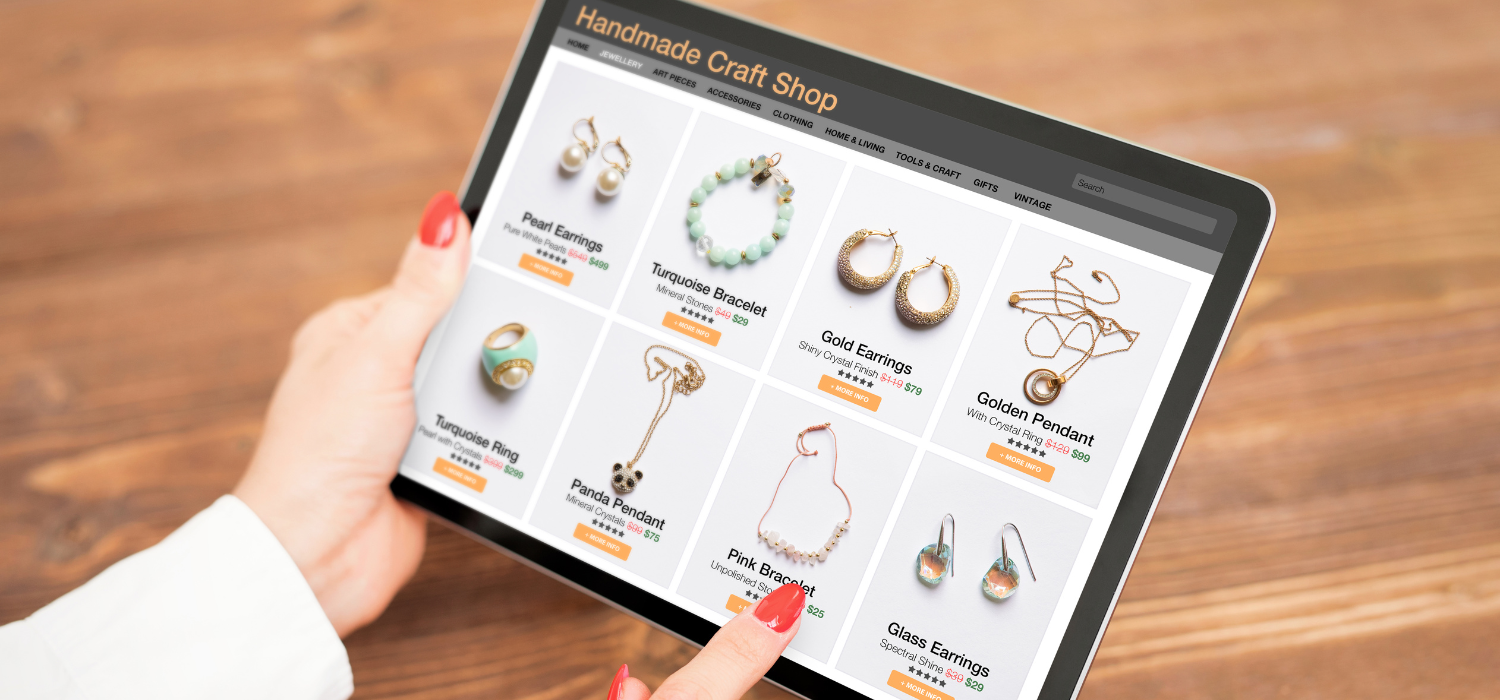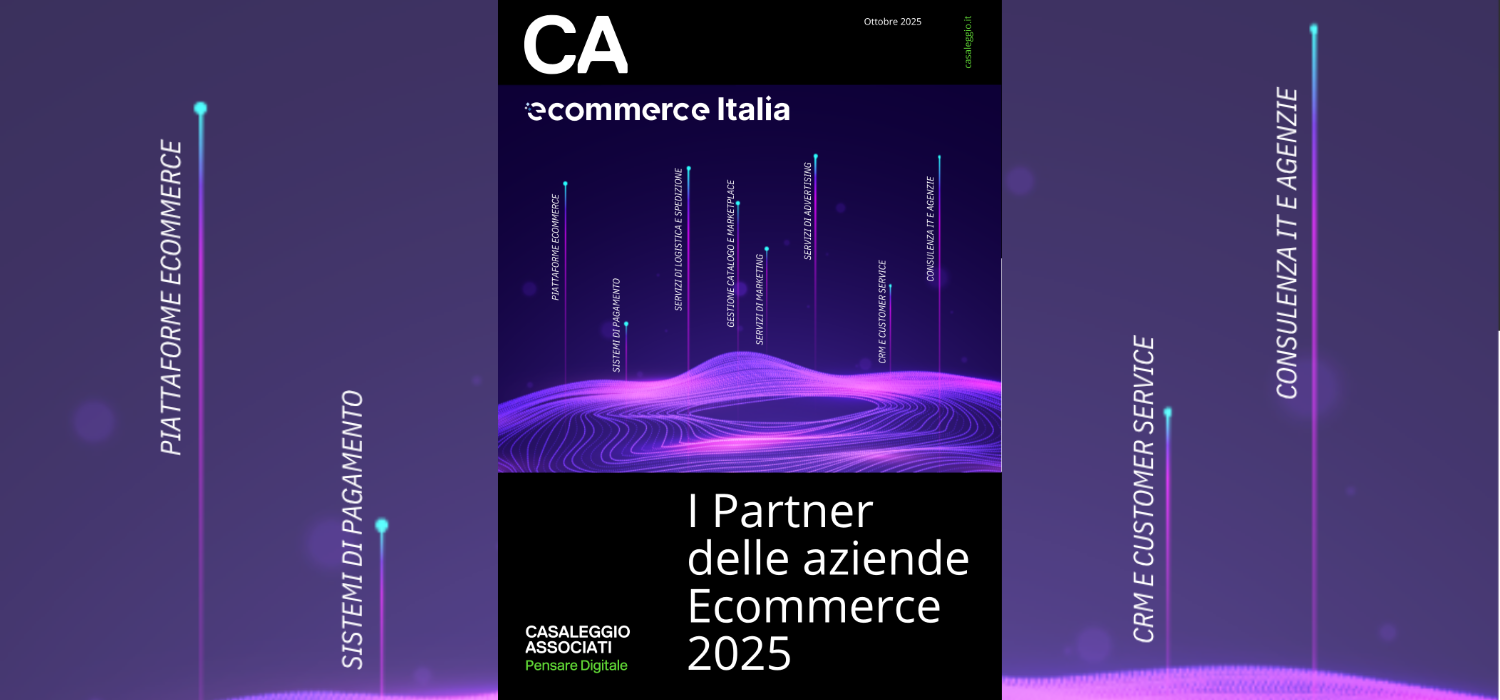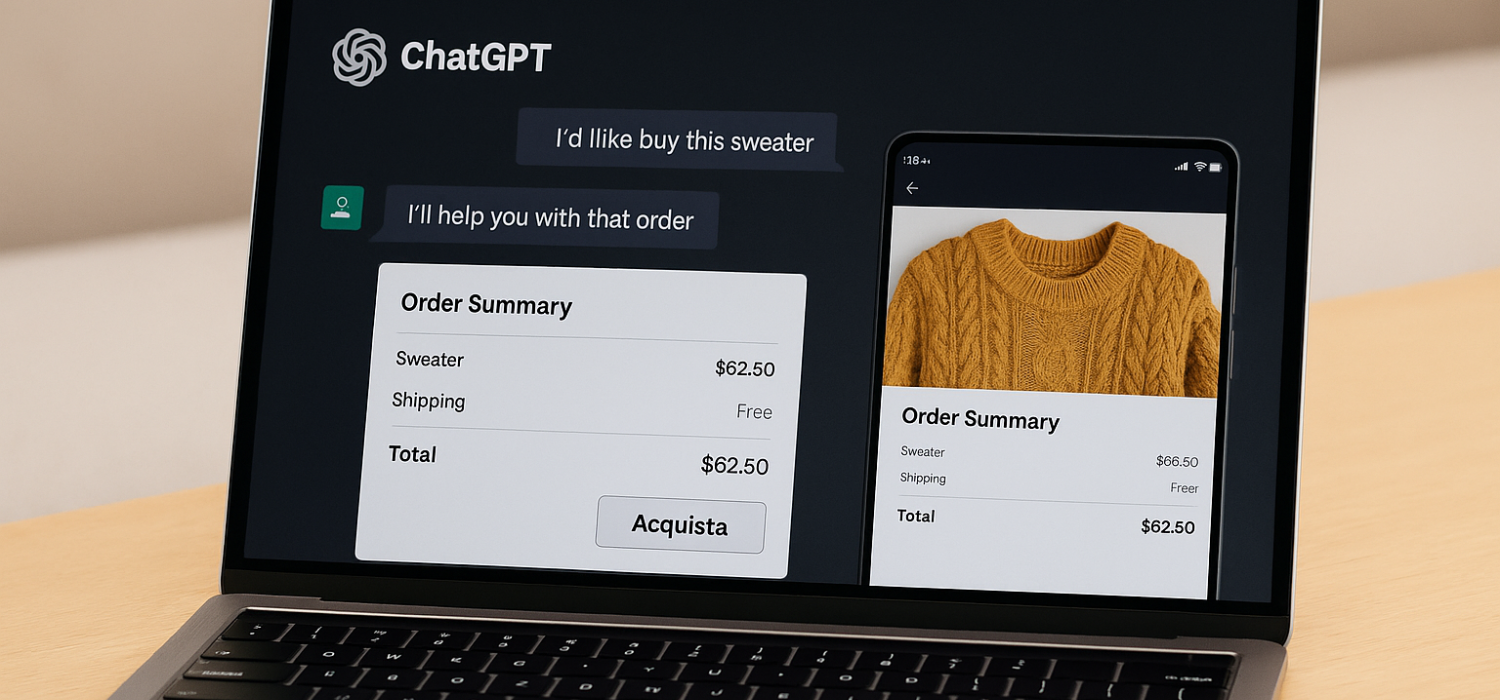In recent years, jewellery and costume jewellery eCommerce has experienced unprecedented growth. Who is to blame? As is increasingly the case, social media: from Instagram to TikTok, small brands selling jewellery and costume jewellery have multiplied and, in some cases, have become million-pound businesses.
While physical stores continue to dominate the scene, it is now undeniable that the online channel is gaining an increasingly significant share of the market, opening up new challenges and opportunities for brands, logistics operators and transporters.
In this article, we analyse the value of the jewellery and costume jewellery e-commerce sector, the state of the art of digital sales, future prospects and the strategic role of proximity logistics, with a focus on lockers and collection points as decisive levers for the sector’s success.
The global jewellery market
The jewellery sector continues to be one of the strongest segments in global retail. In 2024, the global market was estimated at £366.8 billion and, according to leading industry research, could exceed £578 billion by 2033 with a CAGR of approximately 5.3%.
Growth is being driven by the Asia-Pacific markets, the evolution of demand towards personalised products and the digitalisation of sales channels. Within the product mix, rings account for over a third of global turnover in 2024, while gold remains the material of choice.
If we focus our attention on sales channels, the most relevant data for e-commerce in the sector is that, to date, offline sales still account for 84.3% of total sales, but online sales are growing faster. This means there is ample room for digital channels to penetrate the market, but it also makes it essential to work on three fronts: brand credibility, product transparency, and efficient logistics solutions.
Online jewellery: state of the art and prospects
The most up-to-date snapshot of global e-commerce shows that just under 20% of global retail is digital, but this percentage is set to grow.
Specifically for this category, several analyses converge on an accelerating scenario: as early as 2021, McKinsey & BoF estimated that between 18% and 21% of fine jewellery sales would move online by 2025, thanks to a paradigm shift in trust, services and customer journey. In 2024–2025, market data confirms the structural push towards digital, but also the persistence of barriers typical of the high end (prices, authenticity, returns).
The benchmark is useful because it tells us that online jewellery sales, although growing rapidly, have not yet closed the gap with retail and, therefore, remain a field to be conquered by merchants who invest in experience, content and logistics.
Jewellery and costume jewellery: two similar but different markets
The costume jewellery market follows a very different logic to that of luxury jewellery, closer to fast fashion than to the high end: the global market is worth around $29.1 billion (2023) and could rise to $47.6 billion by 2030 (CAGR ~7.4% 2024–2030).
More affordable average prices, higher purchase frequency and strong social influence make online an almost natural channel for the category, provided that the offer is supported by fast and flexible delivery and return logistics.
Who buys and why: conversion levers in jewellery e-commerce
On the digital channel, the main friction point remains trust: product quality, certifications, transparency on materials and origin are decisive factors for consumers.
The brands that perform best online are therefore those that combine quality content (high-quality photos, 360° videos, AR try-on), clear return policies and check-out with flexible logistics options.
The pandemic has normalised online shopping even for high-end products such as jewellery and watches. But today, the choice of digital channel no longer depends solely on price, but above all on convenience: fast payments, punctual deliveries and collection options close to home or work.
Opportunities and challenges for e-commerce, logistics operators and transporters
For merchants in the jewellery and costume jewellery sector, opportunities therefore revolve around three strategic levers:
- Omnichannel: integrating physical stores, e-commerce, marketplaces and social commerce, while maintaining consistency in pricing and service.
- Post-purchase experiences: delivery times and quality, ease of returns and customisation options are factors that directly affect customer loyalty and their willingness to recommend the brand.
- Sustainability and proximity: Customers are increasingly sensitive to two aspects: sustainability and simplicity of the delivery experience. On the one hand, they appreciate solutions that reduce environmental impact, such as consolidated delivery to lockers and collection points, which limits empty courier journeys. On the other hand, they reward services that eliminate all the typical obstacles of home delivery (recipient absent, inflexible delivery times, parcels left unattended).
The main operational challenge is therefore the last mile: often high-value products require solutions that increase security, delivery certainty and control.
This is where Out Of Home services, which are climbing the preferences of European consumers, come into play in a decisive way. In 2025, Geopost points out that parcel lockers are now the ‘second choice’ for delivery, immediately after home delivery, thanks to their flexibility and control by the recipient.
Logistics as a strategic lever: why lockers and PUDOs make a difference in jewellery
For high-value products, delivery and returns are crucial stages of the shopping experience. Lockers and collection points:
- They reduce failed delivery attempts, eliminating the problem of absent recipients and mitigating the risk of home theft. This makes the process faster and more efficient.
- Cut emissions in densely populated urban areas. It should be noted that the benefit depends mainly on the density of the network and whether customers reach the point on foot or by sustainable means, such as by bicycle.
- E-shoppers like them: the continuous expansion of networks and communication about the advantages of the service – available 24/7 and close to home – are encouraging consumer adoption. In fact, in the two-year period 2024-2025, the main European operators have further accelerated the race to install new lockers.
For merchants and logistics operators, this translates into lower last-mile costs, fewer ‘problematic’ returns and greater customer satisfaction.
GEL Proximity: bring 500,000+ lockers and collection points to your checkout
GEL Proximity is the leading technology platform in Italy and Europe for enabling Out Of Home services. With a single technological integration, an eCommerce or logistics operator can offer its customers access to over 500,000 lockers and collection points from the main couriers and PUDO networks. All points are shown at checkout and can also be used to manage returns.
But why are these solutions crucial for the jewellery and costume jewellery sector?
- Perceived security: collection from a manned point or locker reduces the risk of loss/theft and increases customer peace of mind when purchasing a valuable item.
- Post-purchase experience: the widespread network, together with the possibility of 24/7 collection, reduces typical delivery problems and thus increases the efficiency of the entire process. Furthermore, offering Out Of Home options at checkout often has a positive impact on conversion rates.
- Optimised reverse logistics: simpler returns with fewer steps improve repurchase propensity and reduce operating costs.
- Measurable sustainability: consolidating multiple deliveries into a single point reduces the distance travelled by vehicles and enables low-emission models, especially in urban areas.
For the jewellery and costume jewellery sector, Out-of-Home services are now a strategic element. By combining security, efficiency and sustainability, they have a direct impact on customer satisfaction and e-commerce competitiveness. In a sector where trust and attention to the customer experience are crucial, proximity becomes the lever that can really make a difference.
Integrate the largest European network of lockers and collection points into your e-commerce business today and turn logistics into a competitive advantage! How? Write to our team!













